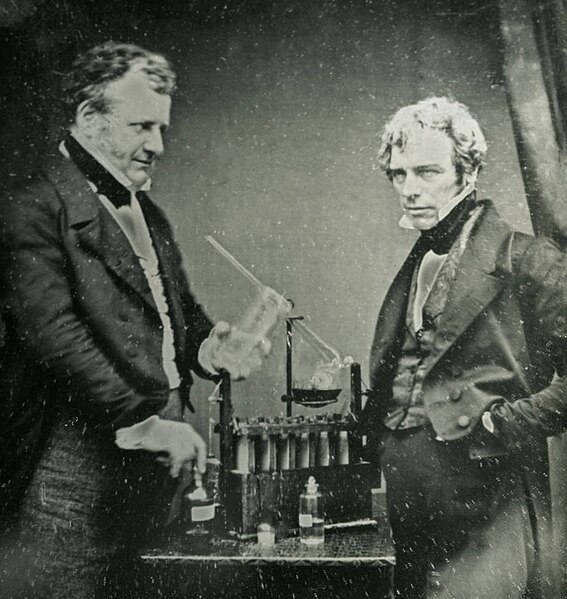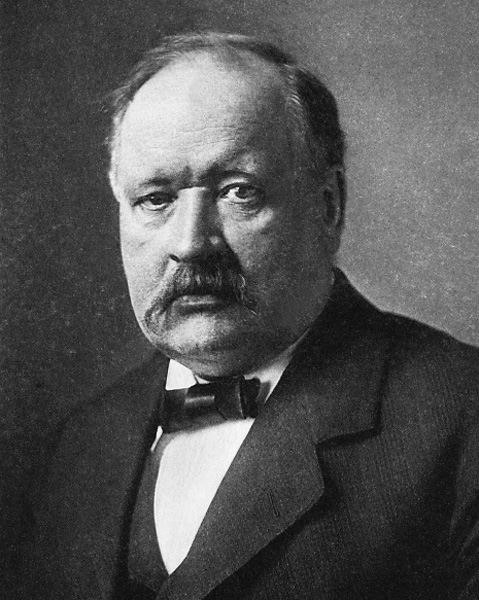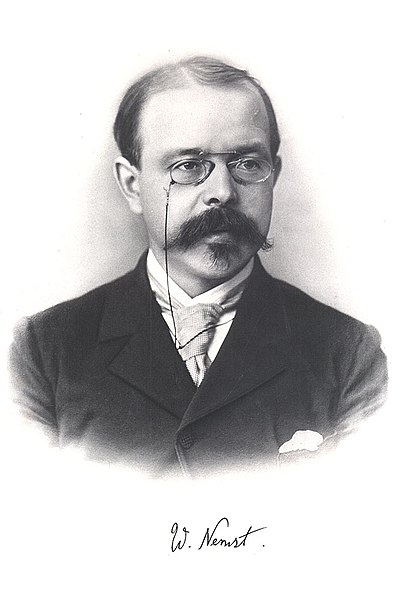In electrochemistry, a salt bridge or ion bridge is an essential laboratory device discovered over 100 years ago. It contains an electrolyte solution, typically an inert solution, used to connect the oxidation and reduction half-cells of a galvanic cell, a type of electrochemical cell. In short, it functions as a link connecting the anode and cathode half-cells within an electrochemical cell. It also maintains electrical neutrality within the internal circuit and stabilizes the junction potential between the solutions in the half-cells. Additionally, it serves to minimize cross-contamination between the two half cells and helps concentrate our focus on unfolding the funtion of working electrodes of the half-cells.
Charcoal (black box at the bottom of the cell) acts as a salt bridge to allow ion transfer.
Electrochemistry is the branch of physical chemistry concerned with the relationship between electrical potential difference and identifiable chemical change. These reactions involve electrons moving via an electronically-conducting phase between electrodes separated by an ionically conducting and electronically insulating electrolyte.
English chemist John Daniell (left) and physicist Michael Faraday (right), both credited as founders of electrochemistry.
Sir Humphry Davy's portrait in the 19th century.
Swedish chemist Svante Arrhenius portrait circa 1880s.
German scientist Walther Nernst portrait in the 1910s.





